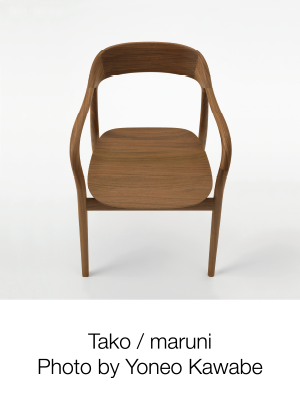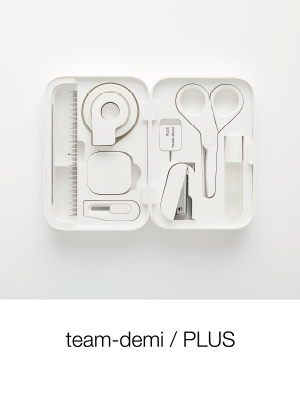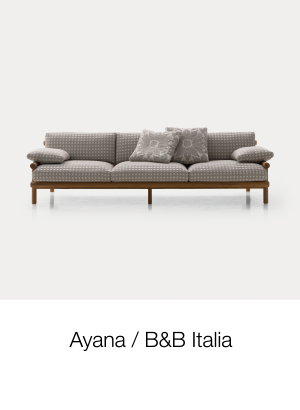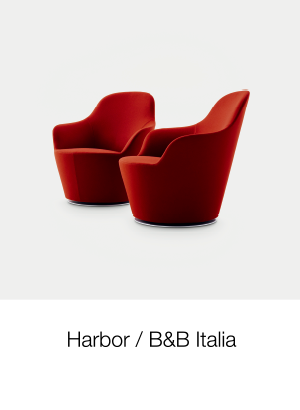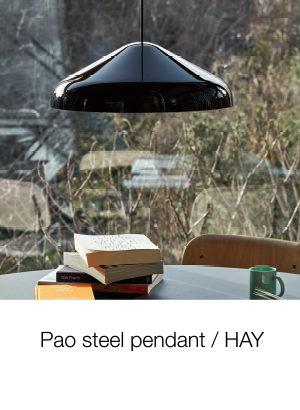Interview
normal and beautiful watch
Jul 16, 2021
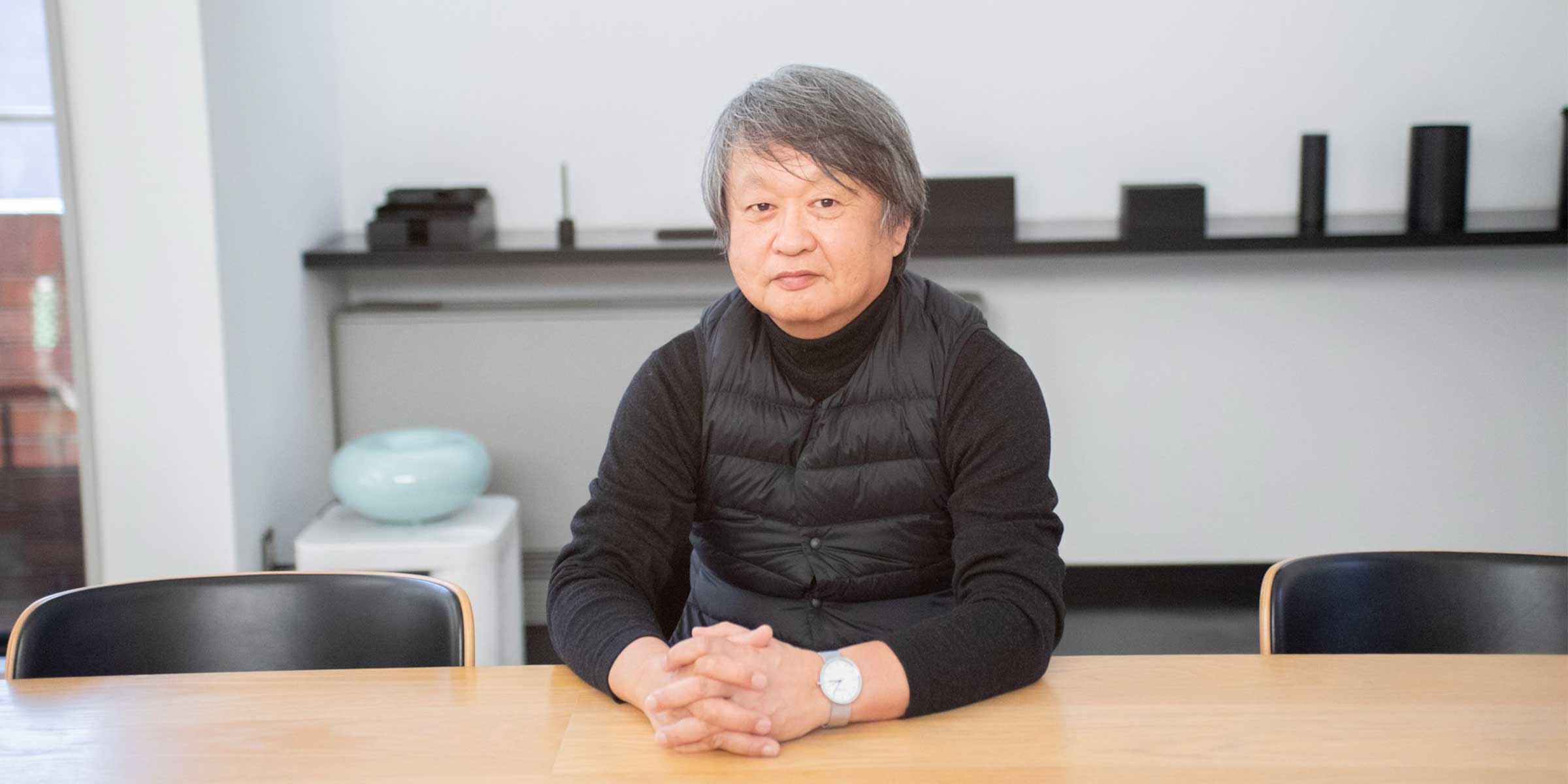
Naoto Fukasawa’s designs are often referred to as “supernormal.” In his recent book, “Normal”, he writes, “Normal is the contour of a line connecting dots scattered through everyday life. ‘That’s just normal,’ ‘That’s not normal,’ ‘Isn’t that too normal?’ I think the principle of normality is an abstract outline that is implicitly shared by everyone who thinks, feels, or sees things that way. I want to focus closely and clearly on that seemingly vague, abstract outline.”
It’s not something exciting, but it fits in neatly with our daily lives, and yet it somehow stays with us. This is the kind of design that Fukasawa is aiming for today.
“When I design a watch, I am not conscious of whether it is super normal or super special. However, as my relationship with the ISSEY MIYAKE brand grew longer, the image must have sunk into my mind. This doesn’t mean that I think we should make everything simple. In the end, being told that something is typical of ISSEY MIYAKE is the same as being told that it is ‘normal.’”
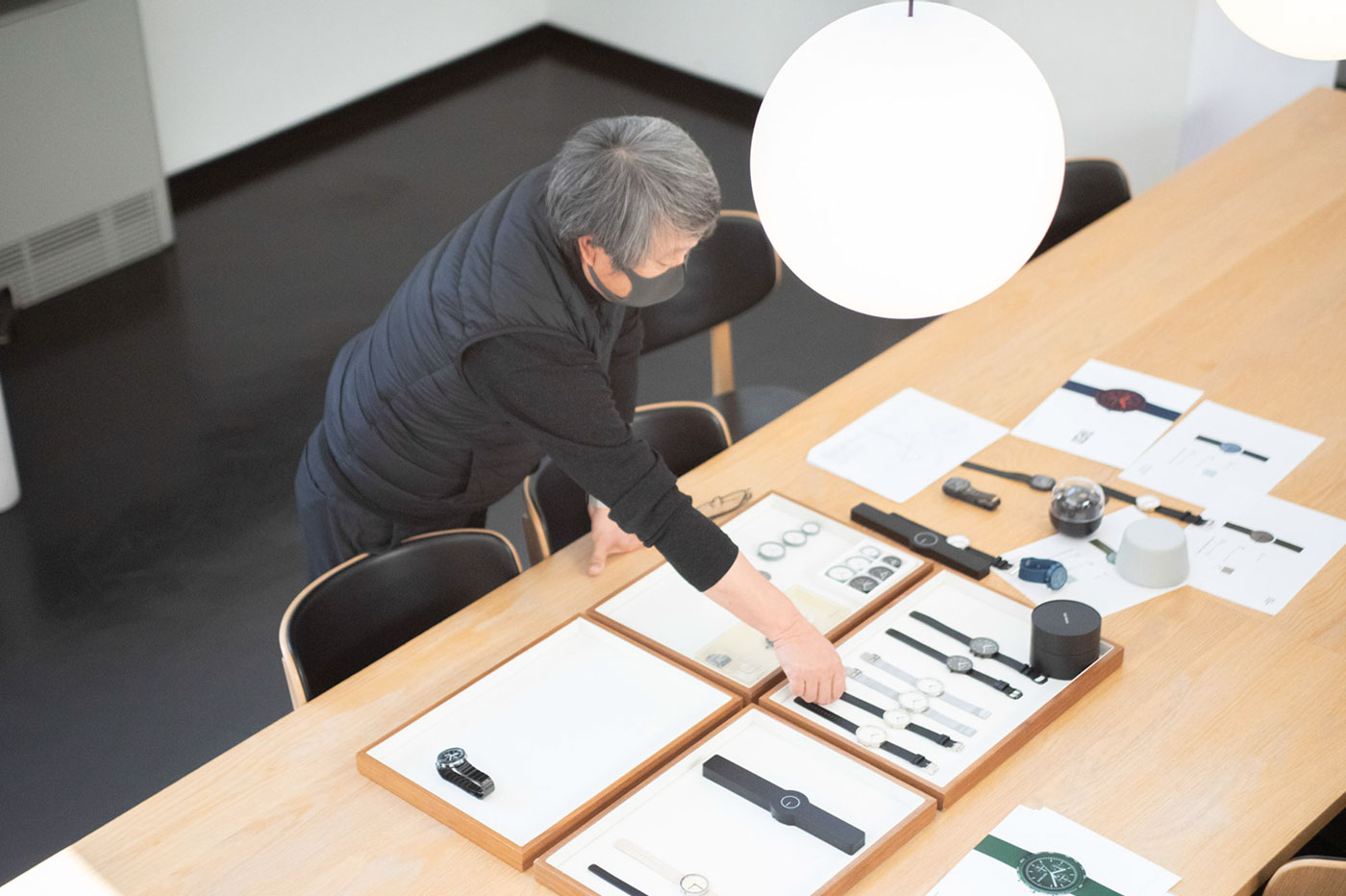
Fukasawa has previously created three ISSEY MIYAKE WATCHES, “TWELVE” in 2005, “TRAPEZOID” in 2006, and “GO” in 2011, all of which subtly concealed surprising ideas. However, his latest work for 2021, “ELLIPSE”, has a different “normality” to it. The name of the model “ELLIPSE” means a regular oval shape. It looks like a simple round watch, but in fact, the case is a subtle ellipse resembling a slightly pushed-in circle. Incidentally, in the watch industry, elliptical cases are often called “oval shape,” but there is a clear difference between an ellipse and an oval.
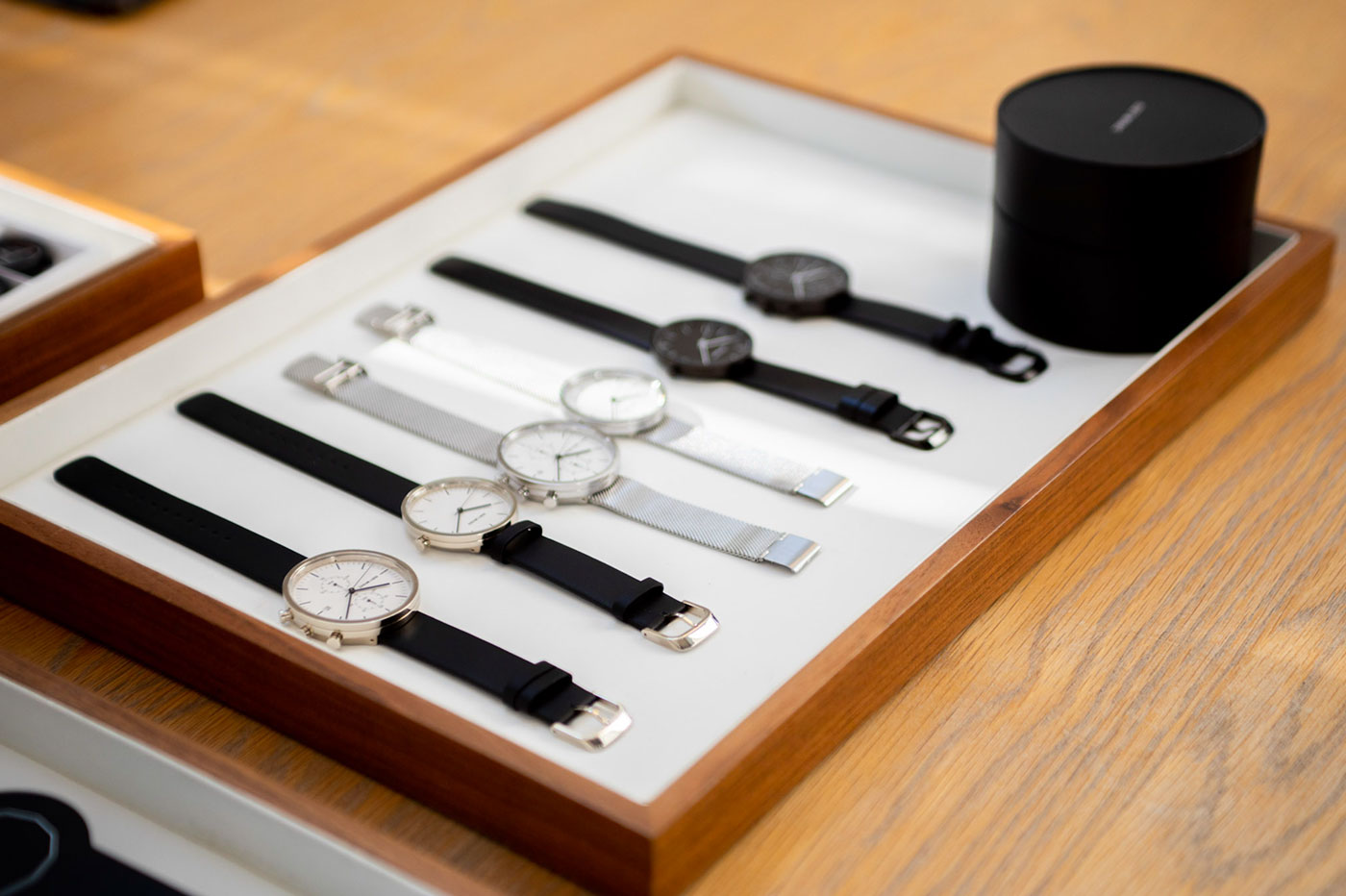
“The ellipse and the oval are mathematically and conceptually different shapes. The elliptical case is a standard element in watch design, often used in ladies’ watches. It was a challenge to incorporate this into the case of a men’s watch. The ELLIPSE’s shape is based on an ellipse derived from the two points of the stopwatch hand axes of a chronograph movement that had already been selected to be used, and the shape has been elongated to make it look elegant. The simple but slightly full shape can be described as a ‘vertical circle.’ It’s a contradiction in terms, but I think that’s the best way to describe it.”
The shape—which looks like a circle but is not, which is an ellipse but is close to a circle— is both normal and beautiful. However, it was quite a challenge for the production team. Analog watches are based on the rotational movement of gears, and so circles are the general standard for their design. When a circular glass is combined with a circular case, the orientation in assembly is irrelevant. The ellipse, however, can only fit together in one position, so in addition to perfect machining accuracy, the assembly process also requires skill.
“One of the design elements is the concealing of the band connection point behind the case, rather than using lugs, but it was quite difficult to achieve this with the shape of the Ellipse. In addition, the sides of the case are cut flat to create a simple surface, but because the movement is mounted into the case from the top, the line that divides the upper and lower parts appears here. I was worried about the finish, but it turned out more beautiful than I expected. Having an understanding of the capabilities of Seiko Watch’s engineers, I know that in the process of creating a watch, it is necessary to make concessions between technology and design. That’s how the ‘ELLIPSE’ was born.
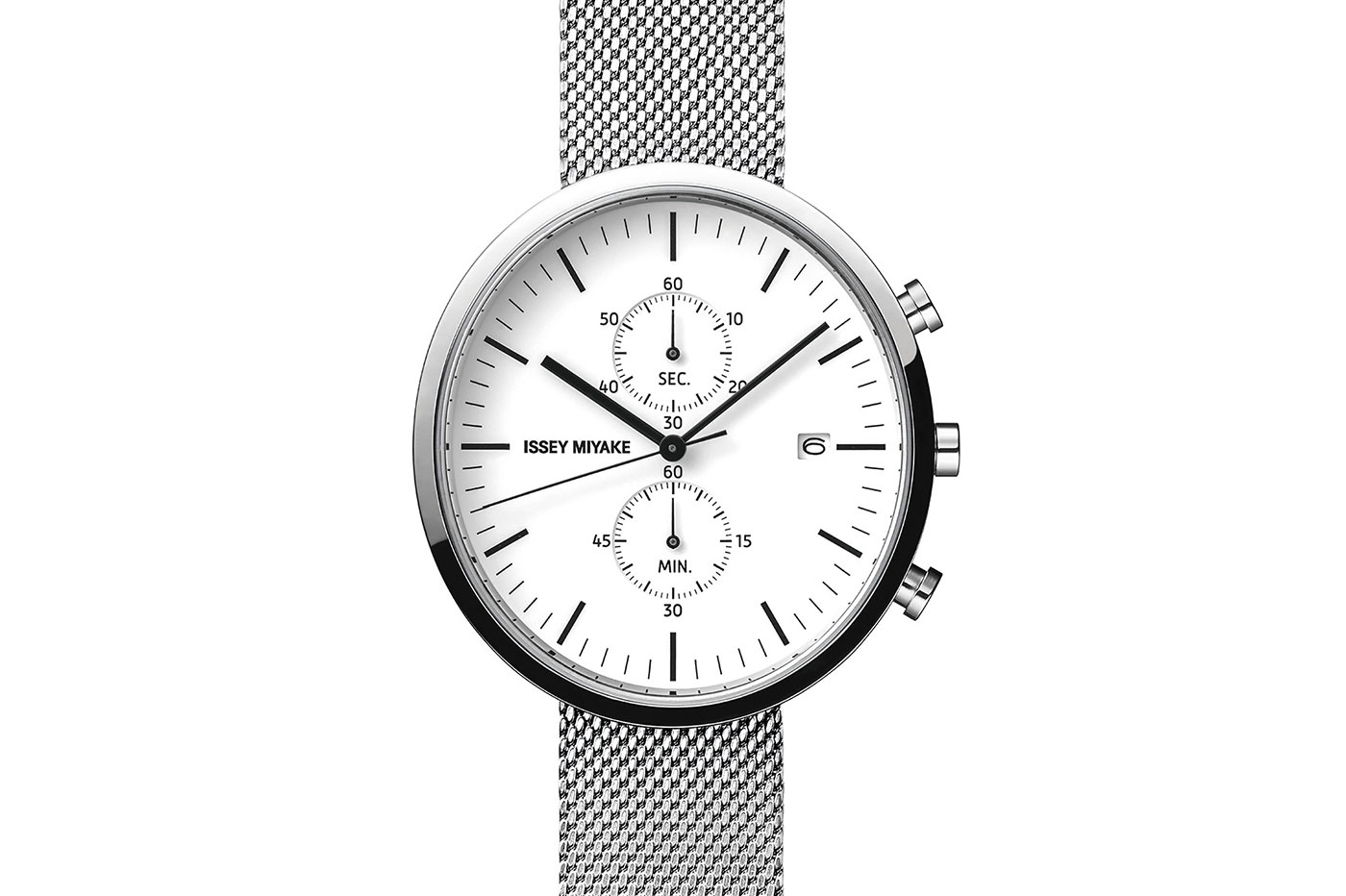
Fukasawa also designed the logo to commemorate the 20th anniversary of the ISSEY MIYAKE WATCH Project.
“I was aware of the ISSEY MIYAKE brand philosophy, but I also felt that there was a need for radicalism. That’s why I decided to use the logos of the sub-brands created by each designer to depict the number 20. The idea was that this would convey the message ‘look at all that we’ve achieved over the past twenty years.’ The ISSEY MIYAKE brand is one of the many fashion brands that have met people’s expectations and have been loved by them. I think it is also unique in the fact that it does not belong to any group and stands on its own. The ISSEY MIYAKE WATCH was born as one of the items to express the brand’s philosophy, and after 20 years, it is now becoming a part of history. The watch itself is avant-garde, but that is now becoming the standard. So I think it is a brand that needs to always throw in a strong message.”
From here, the ISSEY MIYAKE WATCH Project makes a new start toward the next anniversary.
(Interview = Tetsuo Shinoda)
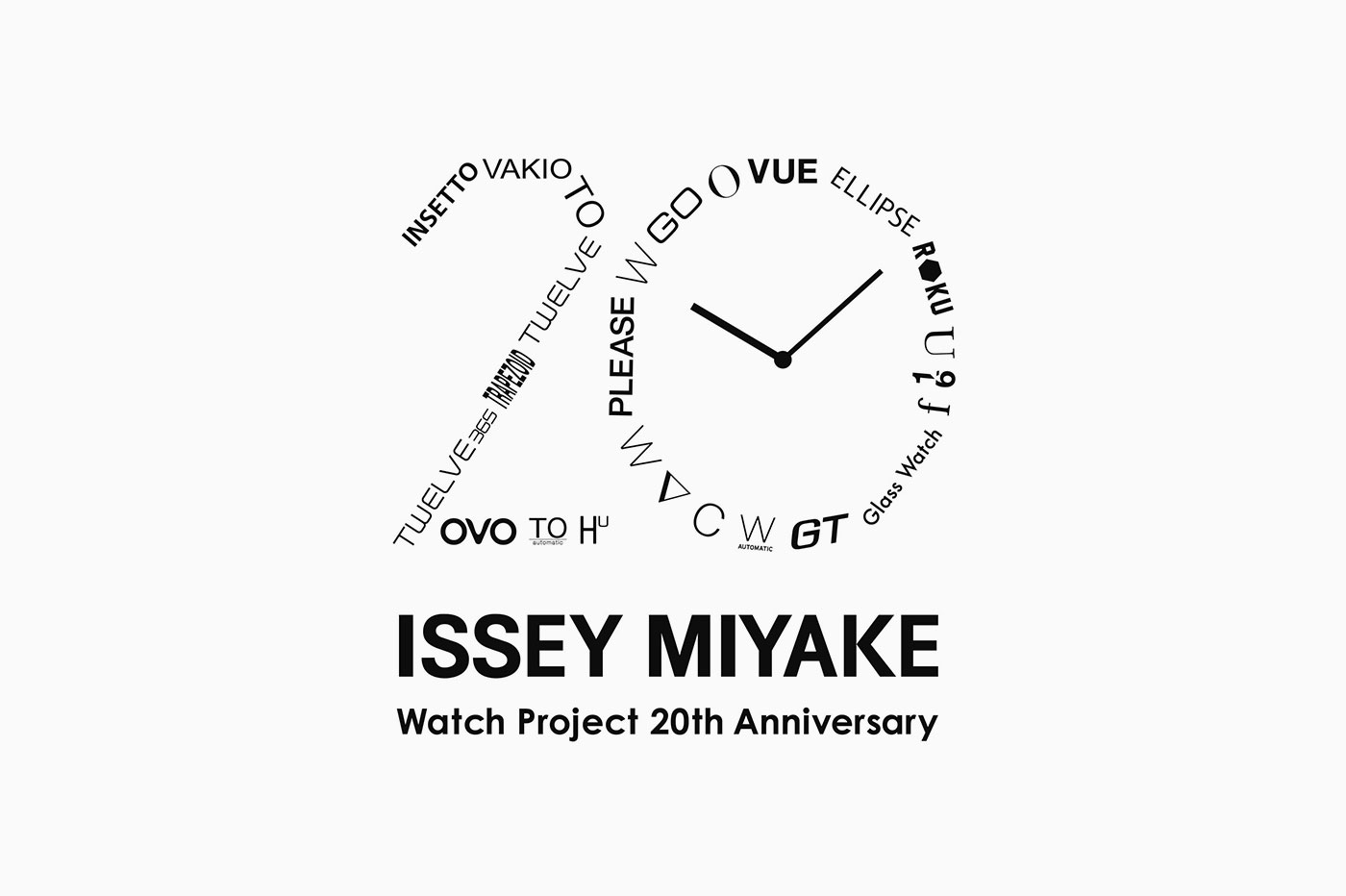
DESIGNER
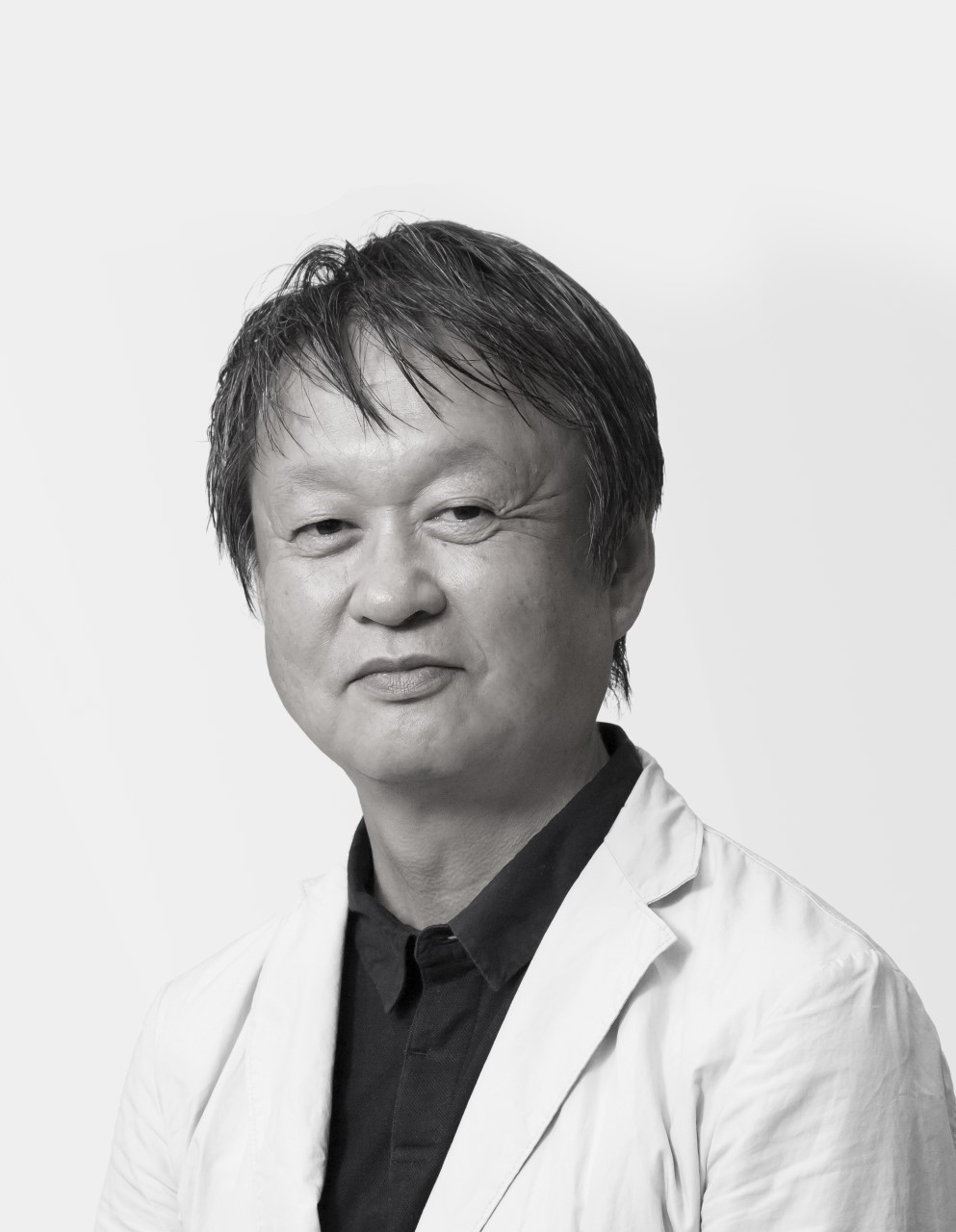
Naoto FukasawaDesigner
Born in Yamanashi Prefecture in 1956. Having worked at Seiko Epson and ID Two (now IDEO San Francisco) and establishing and heading up IDEO’s Tokyo office, Fukasawa went independent in 2003 and established NAOTO FUKASAWA DESIGN.
Fukasawa has established a reputation for his quietly powerful designs and philosophies embodying human sentiment, and he has collaborated with numerous international companies and brands. His designs span a wide variety of fields, from precision electronic equipment to furniture, interior spaces and architecture.
Fukasawa is the recipient of numerous design awards, and has been accorded the title of Royal Designer for Industry (Royal Society of Arts). He was awarded the Isamu Noguchi Award in 2018. He is a professor at Tama Art University. He is also the curator of The Japan Folk Crafts Museum.


